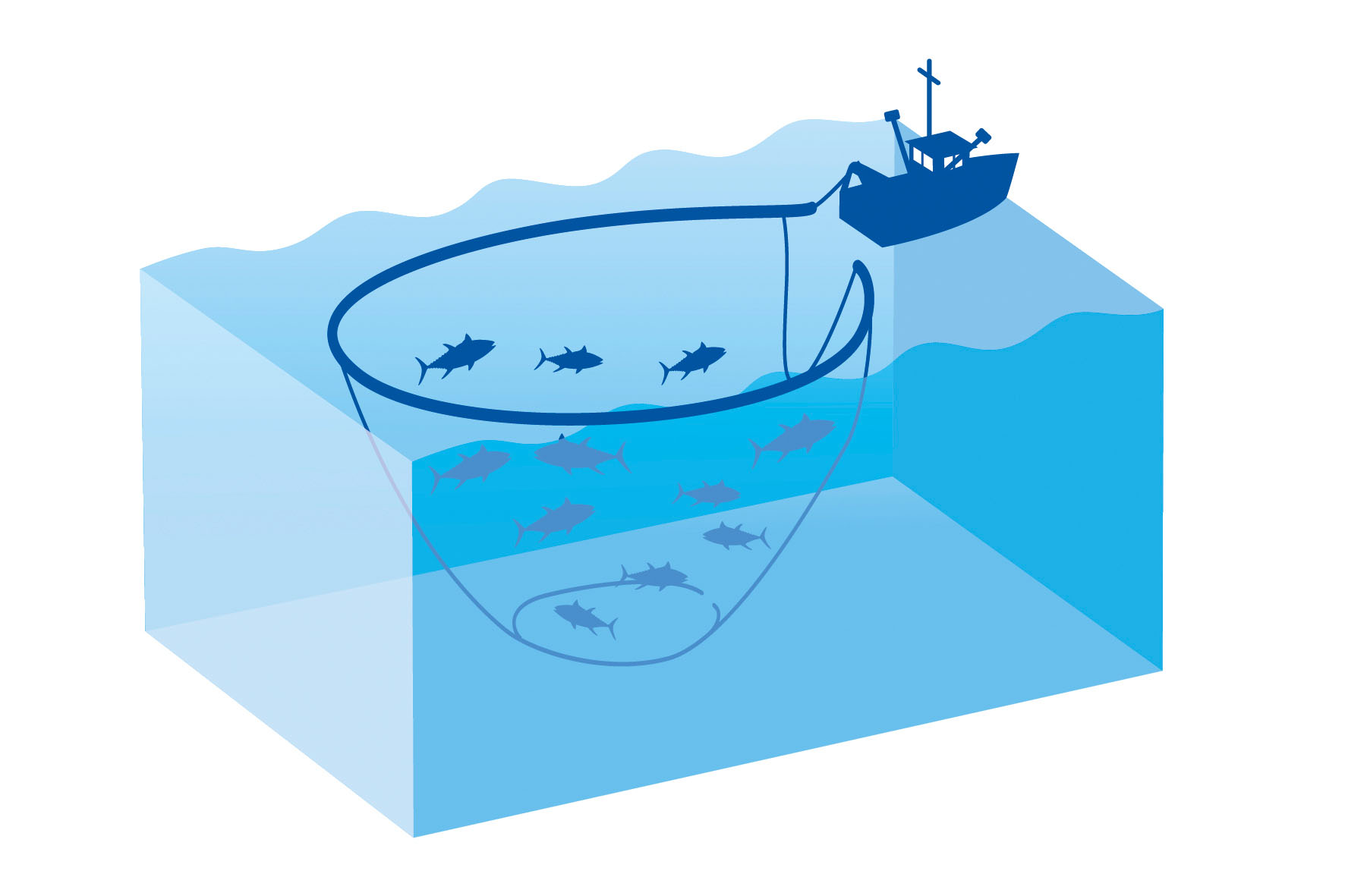Average Weight/Length
Other "Popular" Names for this Fish
Location Habitat
Biology & Physical Description
Life Cycle & Mating Behavior
Geographic Species Map (Fishbase.org Map)
|
|

|
Summary of Distribution: Indo-Pacific: tropical, subtropical and temperate waters. Highly migratory species, Annex I of the 1982 Convention on the Law of the Sea (Ref. 26139). The distribution in the Pacific Ocean is unique among billfishes and tunas in that it forms a horseshoe-shaped pattern from the northwest Pacific through the eastern Pacific to the southwest Pacific. In the Indian Ocean, fish are more densely distributed in equatorial regions with higher concentrations off eastern Africa, in the western Arabian Sea, the Bay of Bengal and off northwestern Australia |
|
Note: Distribution range colors indicate degree of suitability of habitat which can be interpreted as probabilities of occurrence (fishbase.org) |
|
Sport Fishing Techniques
|
|
TrollingA trolling boat has multiple outriggers, poles and lines attached that use lures dragged across the ocean surface at speeds of 4 – 10 knots. Large beefy hooks are used with special durable lures allowing the fisherman to easily unhook the gamefish that has been caught and quickly get their lines back into the water. The larger the lures, the larger the potential fish, the larger the hooks. A tuna boat will usually make slow wide circles when trolling. A billfish boat will usually work ledges, fathom lines, zig zag area coordinates or make trolling circles if bait or a porpoise school is located and/or if they are fishing a FAD.. |
|
|
|
Kite Fishing (Rig)A Kite Fishing Rig is.... |
|
Commercial Fishing Techniques
|
|
Pelagic LonglineThis fishery uses a longline to catch a variety of pelagic fish on the high seas such as tuna and swordfish. A deep-set longline is used to primarily target tuna and a shallow-set longline is used to target swordfish or mixed species including bigeye, Albacore and yellowfin tuna. Baited hooks are attached to a line that floats in the ocean using buoys and flagpoles. |
|
Tackle & Baits
Game Rating
Game Rating : 9/10
Game Description :
Excellent. One of the funnest, most acrobatic and highly sought after gamefish in the world. Beautiful colors.
Food Rating
Game Rating : 10/10
Game Description :
Nairagi is considered the finest-eating of all marlin species because of its tender flesh. The natural color varies from light pink to rich orange-red, depending on where the fish is caught and it's diet. Nairagi is frequently used in raw fish preparations (Sush, Sashimi and Hawaiian Capraccio). A highly desired fish at Sushi bars that for sure! Tender nairagi is also commonly used in cold seafood dishes and salads, as well as well as baked, grilled and utilized in gourmet smoked fish products.
Picture (Fish)
|
|
Picture Mount
|
|
|
|
|




















 Striped Marlin
Striped Marlin 








